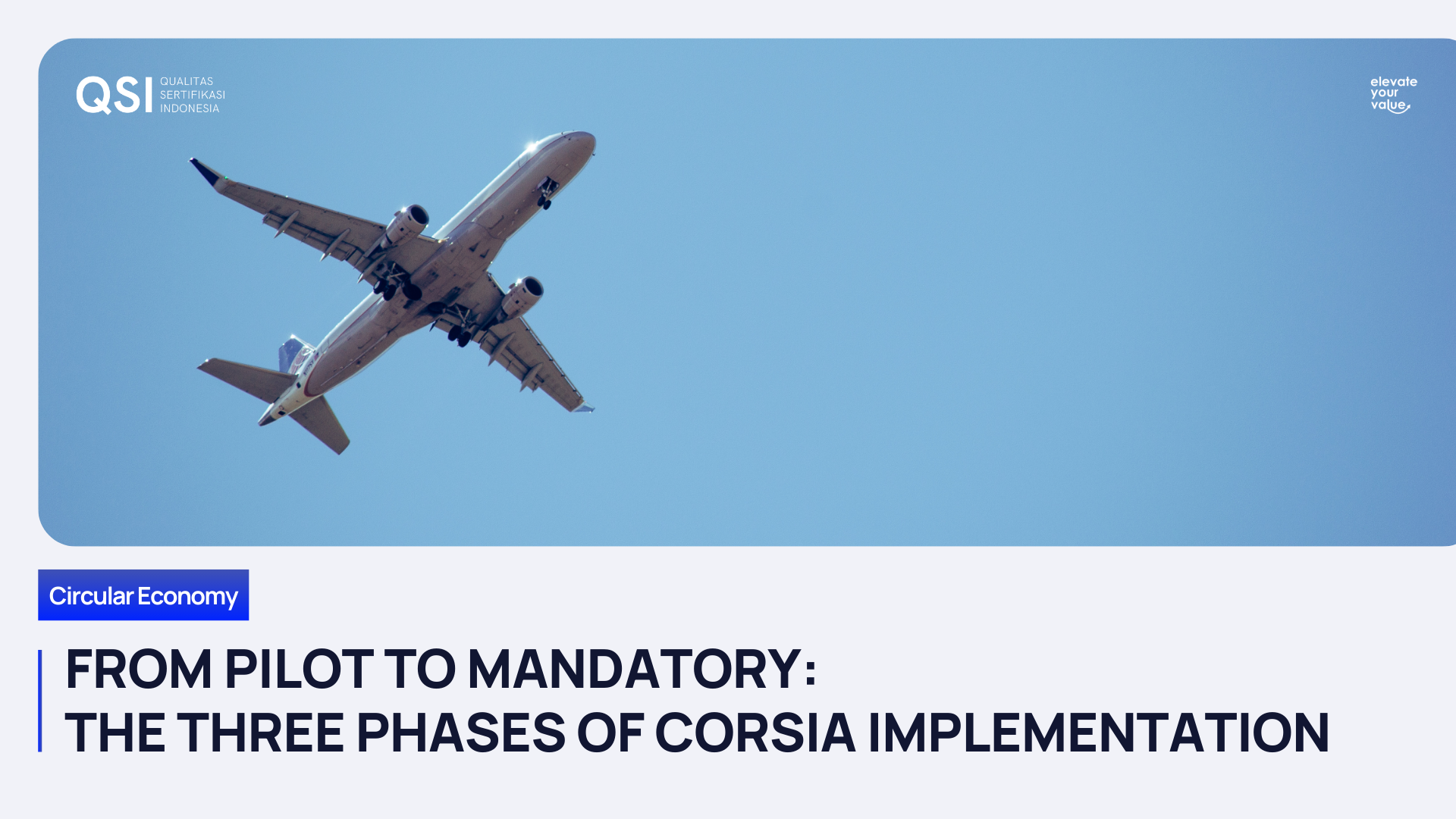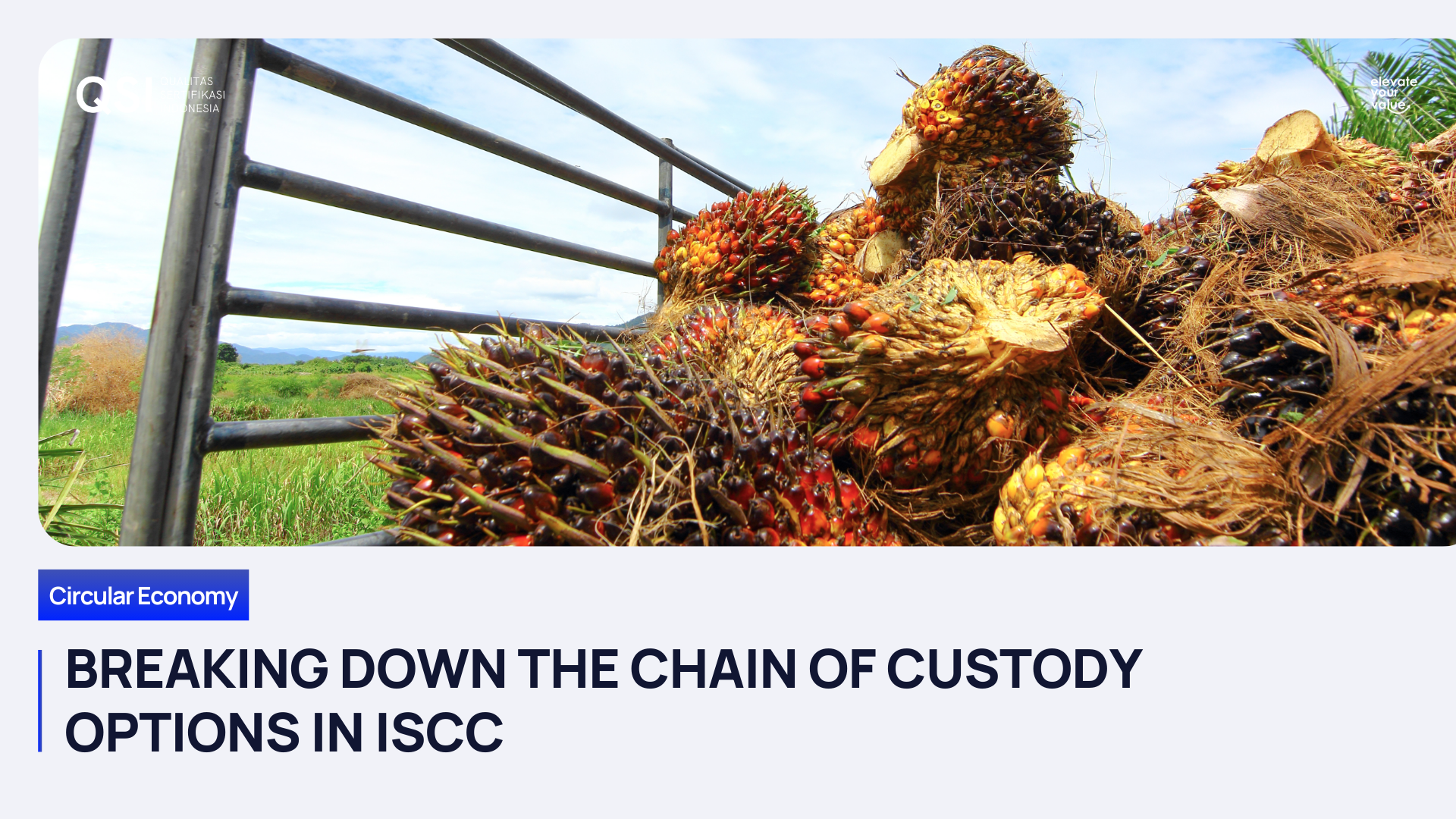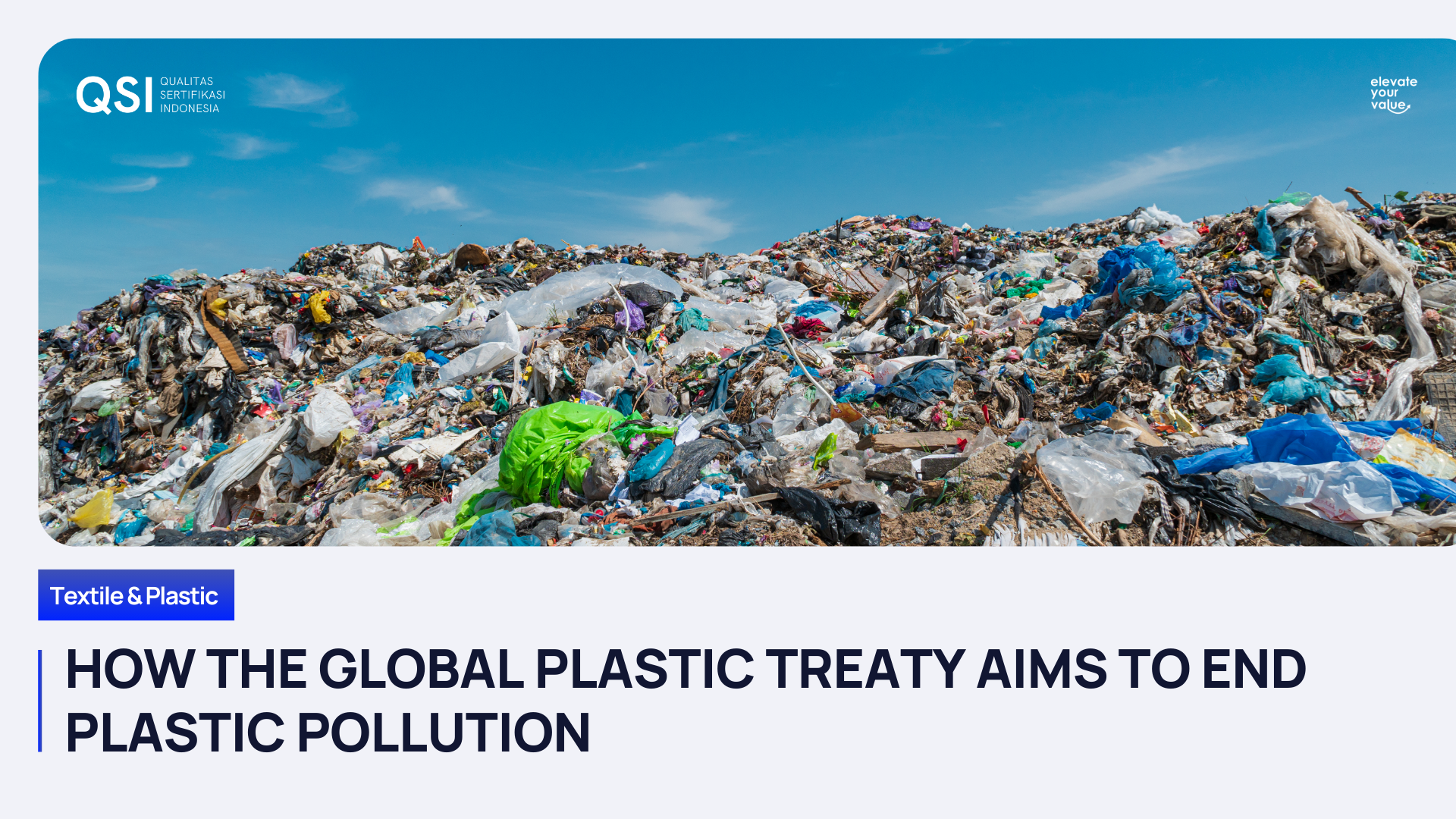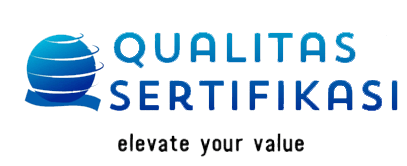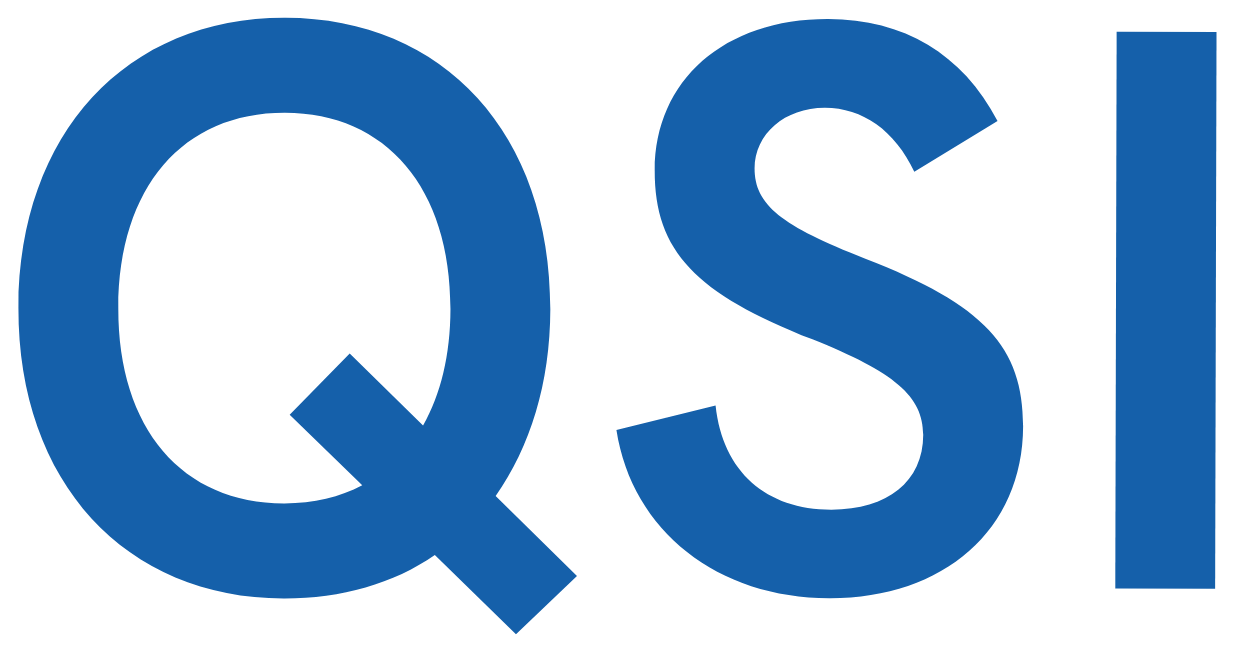Pentingnya Menjaga Alam demi Kelancaran Bisnis

Akhir-akhir ini, berita soal meningkatnya suhu bumi maupun mencairnya es di kutub utara dan selatan menjadi topik yang ramai diperbincangkan. Pembicaraan seputar perubahan iklim juga menjadi salah satu yang kerap dan sering digaungkan oleh banyak pihak, tidak hanya Lembaga Swadaya Masyarakat (NGO) tetapi juga di tingkat kenegaraan.
National Oceanic and Atmospheric Administration (NOAA) dan National Aeronautics and Space Administration (NASA) dalam laporannya pada 2020 menyebut, periode 2010-2019 menjadi dasawarsa terpanas, sejak perubahan iklim tercatat 140 tahun lalu. Rerata kenaikan suhu global dalam satu dasawarsa terakhir disebut berada di sekitar angka 1 derajat Celcius, jika dibandingkan kenaikan pada periode 1950-1980.
Tidak hanya itu, berdasarkan penelitian dari Arizona State University pada 2017 yang berjudul Peningkatan Suhu Global Mengurangi Hasil Tanaman, disebutkan kenaikan suhu bumi sebesar 1 derajat Celcius dapat menurunkan hasil panen sekitar 3 hingga 7 persen. Kondisi ini jika dibiarkan dan tidak segera diatasi, maka akan berdampak besar bagi seluruh ekosistem dan kehidupan di bumi.
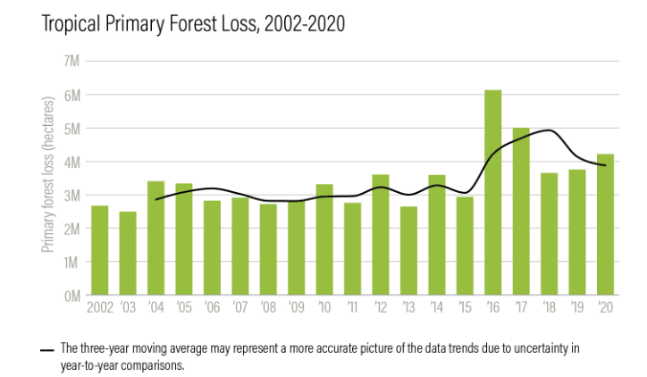
Lantas, apa saja langkah yang bisa dilakukan untuk mengurangi hal tersebut? Salah satu dengan mengurangi penggundulan hutan atau deforestasi, yang dapat memicu peningkatan suhu bumi. Setiap tahunnya, dalam artikel yang diunggah theconversation.com, disebutkan deforestasi menyebabkan sekitar 5,2 miliar ton karbon dioksida (CO2) yang tersimpan selama jutaan tahun dalam hutan akhirnya terlepas ke atmosfer. Angka ini hampir mencapai 10 persen dari total emisi global selama kurun waktu 2019 hingga 2016.
Di tingkat kenegaraan, beberapa kebijakan akhirnya dikeluarkan untuk mengendalikan dampak tersebut. Di Uni Eropa (UE) misalnya, Penegakan Hukum, Tata Kelola dan Perdagangan Bidang Kehutanan (FLEGT) mengeluarkan Kesepakatan Kemitraan Sukarela atau FLEGT-VPA. Hal ini dilakukan antara UE dan negara-negara pengekspor kayu, dengan tujuan meningkatkan tata kelola sektor kehutanan dan memastikan kayu dan produknya yang diimpor telah melalui proses produksi yang sesuai dengan peraturan perundang-undangan negara mitra.
Selanjutnya, muncul sejumlah kebijakan sertifikasi di beberapa negara yang fungsinya juga sebagai bentuk kontrol dari kerusakan yang telah terjadi. Dua program sertifikasi hutan internasional yang terkenal antara lain Forest Stewardship Council (FSC) dan Programme for the Endorsement of Forest Certification (PEFC). Sertifikasi yang dilakukan diharap menjadi bukti kepada publik dan industri kehutanan, bahwa pengelolaan hutan berkelanjutan dapat dicapai dan bermanfaat.

Sementara itu di Indonesia, muncul sistem sertifikasi kayu yang bersifat mandatori dan diberi nama Sistem Verifikasi Legalitas dan Kelestarian (SVLK). Kebijakan ini dilakukan berdasarkan Peraturan Menteri Kehutanan No. P.33/Menhut-II/2012 tentang Perubahan Atas Peraturan Menteri Kehutanan Nomor P.40/Menhut-II/2010. Sistem ini lantas diinformasikan ke berbagai dunia, dengan tujuan memastikan negara-negara pengimpor hanya menerima kayu dari Indonesia yang telah disertifikasi dan tidak menerima kayu ilegal. Info tentang SVLK dapat ditemukan di artikel kami sebelumnya.
Dari serangkaian bentuk kebijakan dan usaha yang dilakukan oleh negara maupun NGO, hal ini bertujuan untuk lebih memperdalam kontribusi hutan terhadap tujuan pembangunan berkelanjutan atau SDGs. Hutan tropis menjadi rumah bagi sebagian besar keanekaragaman hayati darat di dunia (SDG15). Sebagai tempat penyimpanan alami yang menyerap dan menyimpan karbon, hutan juga semakin diakui sebagai unsur penting dari segala strategi untuk menstabilkan iklim kita (SDG 13).
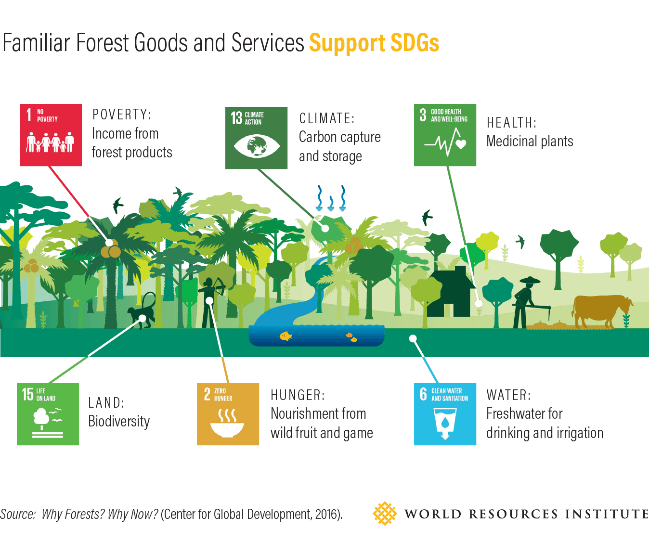
Adapun penerapan SVLK ini disebut memenangkan kepercayaan dari pasar internasional, bahwa produk kayu Indonesia berasal dari sumber yang legal dan berkelanjutan. Minister of State for Pacific and the Environment Inggris Lord Goldsmith dalam sebuah webinar mengatakan komitmen dan standar legalitas produk kayu Indonesia memudahkan importir dan konsumen Inggris untuk melakukan sourcing kayu berkelanjutan. Skema FLEGT-VPA yang ada juga menjamin produk kayu Indonesia yang masuk ke Eropa telah terverifikasi bebas illegal logging.
Berdasarkan Data Sistem Informasi Legalitas Kayu (SILK) KLHK disampaikan ekspor produk kayu berupa panel kayu,
woodworking, pulp, kertas dan bangunan prefabrikasi menyaksikan peningkatan sejak berlaku SVLK bagi eksportir produk industri kehutanan pada 1 Januari 2013. Sepanjang periode 1 Januari 2013 hingga 25 Juni 2015, telah diterbitkan lebih dari 260.000 dokumen V-legal produk industri kehutanan yang diekspor ke 194 negara tujuan. Nilai ekspor juga meningkat secara bertahap. Sebelum SVLK berlaku, nilai ekspor produk kehutanan pada 2012 tercatat mencapai 5,17 miliar dolar AS, satu tahun setelahnya ketika SVLK telah diberlakukan, nilai ekspor meningkat menjadi 5,74 miliar dolar AS dan terus naik menjadi 5,96 miliar dolar AS pada 2014.
